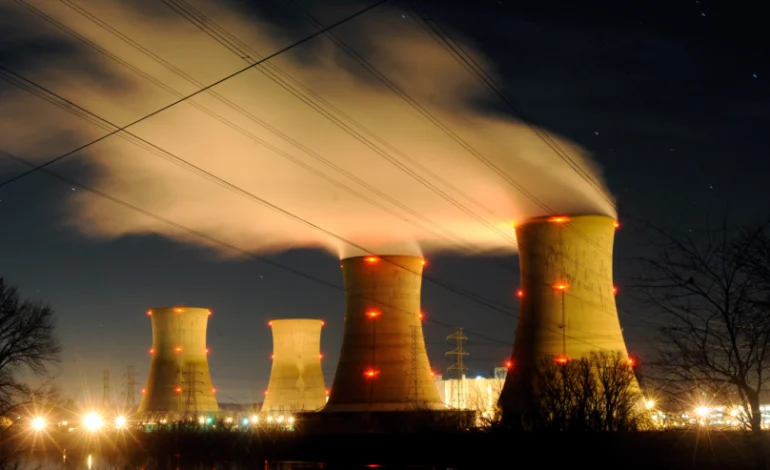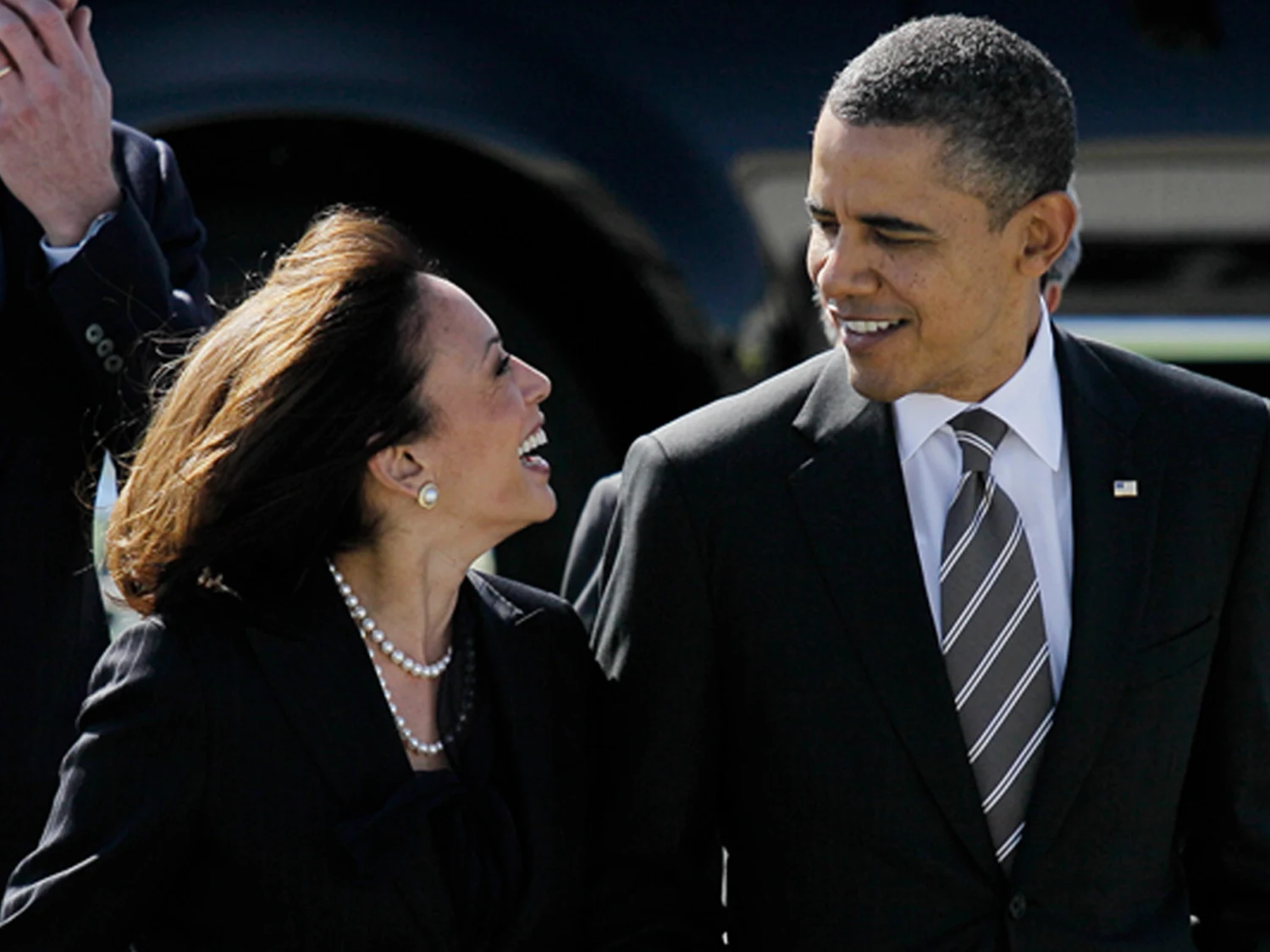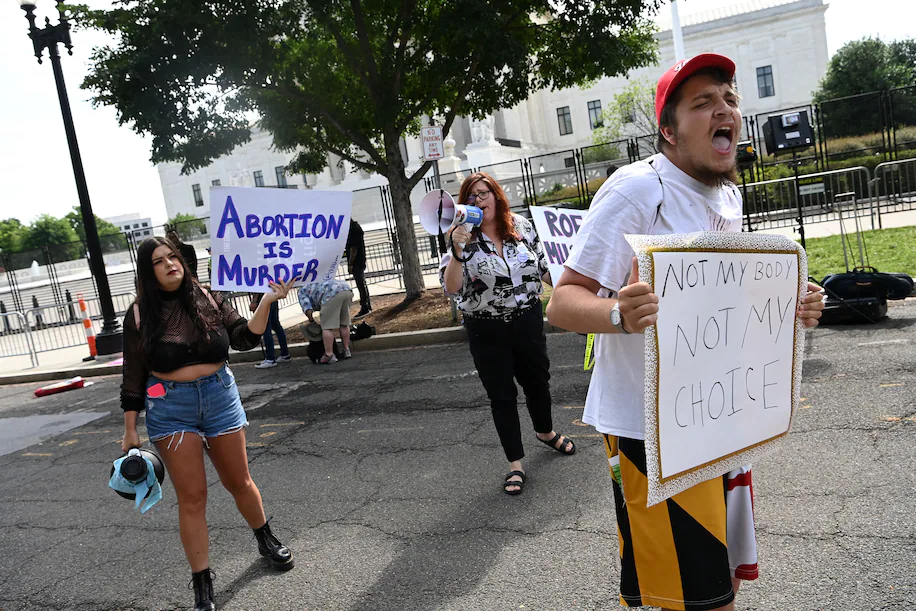The Biden administration has unveiled an ambitious roadmap to significantly expand the United States’ nuclear power capacity, aiming to triple the nation’s current capacity by 2050.
The new plan, released on Tuesday, sets a target of adding 200 gigawatts (GW) of new nuclear power by mid-century, a strategic move that will help meet growing electricity demands and advance the nation’s climate goals.
The plan sets an intermediate goal of adding 35 GW of new nuclear capacity by 2035, with a further ramp-up to 15 GW annually starting in 2040. This expansion is critical to the US government’s broader vision of achieving net-zero greenhouse gas emissions by 2050.
“Nuclear power will play a pivotal role in addressing climate change and supporting energy security… This roadmap sets out a clear path toward ramping up our nuclear capacity in the coming decades, ensuring that we can meet future electricity needs while reducing carbon emissions,” said Secretary of Energy Jennifer Granholm.
To reach these targets, the US will need to develop a diverse range of nuclear energy sources, including both large and small modular reactors (SMRs), along with the restart of retired reactors and upgrades to existing ones. As part of the framework, the administration emphasized the need for new reactor designs and standardized manufacturing processes, which could help reduce costs and speed up the deployment of nuclear plants.
The plan also envisions a substantial increase in the nuclear workforce, with thousands of new construction and operation jobs expected to be created. This growth will be fueled by investments in advanced reactor technologies and a more robust supply chain for fuel and components.
“This expansion will generate hundreds of thousands of good-paying jobs across the country, driving local economies and advancing our clean energy goals,” the White House said in its statement.
The roadmap comes at a critical moment for US energy policy, as the country faces an increasing demand for electricity driven by the rise of data centers, electric vehicles, and the growing shift towards manufacturing. With nuclear energy positioned as a clean and reliable energy source, the expansion of nuclear capacity is seen as essential for meeting future electricity needs while reducing reliance on fossil fuels.
Notably, the strategy aligns with global efforts to increase nuclear capacity, with many countries, including the US, committing to tripling global nuclear energy output by 2050 at the COP29 climate summit in Baku, Azerbaijan. The initiative also seeks to reduce dependence on foreign sources of uranium, ensuring a stable and secure nuclear fuel supply chain.
The plan’s release follows recent discussions around the restart of nuclear reactors, such as the one at Pennsylvania’s Three Mile Island plant, which will power Microsoft data centers. These efforts are part of a broader push to rejuvenate the US nuclear industry, which includes significant investments made possible by federal legislation like the Bipartisan Infrastructure Law and the Inflation Reduction Act.
The US Department of Energy estimates that to meet future electricity demands and achieve net-zero emissions by 2050, the country will need to add 200 GW of nuclear capacity. This includes the deployment of advanced reactor designs, such as small modular reactors, which could be built more affordably and quickly than traditional large reactors.
In addition to new construction, the plan encourages power uprates at existing facilities and the restart of retired reactors, which would contribute additional capacity to the grid. Some analysts believe that existing nuclear sites could host up to 95 GW of additional capacity through the installation of small modular reactors, many of which could leverage existing infrastructure and local workforces, ensuring that no community is left behind during this transition.
“The momentum is building, with new technologies and regulatory reforms helping to clear the path for nuclear expansion… The federal government is committed to supporting the nuclear sector, ensuring a sustainable and safe energy future for all Americans,” said Granholm.
While the framework does not provide specific funding, it lays out a comprehensive plan for how the federal government can use its existing authorities to incentivize nuclear expansion, with Congress expected to play a key role in providing the necessary financial support.
In response to this initiative, some political leaders from both parties have expressed strong support for expanding nuclear energy, recognizing its role in achieving climate goals while bolstering energy security. President-elect Trump, who has backed nuclear energy initiatives during his campaign, has signaled that he would continue efforts to grow the sector if elected.
The US government’s push to expand nuclear energy comes at a time when the global community is looking for solutions to combat climate change and ensure reliable, clean energy. With the goal of tripling global nuclear capacity by 2050, the US is positioning itself as a leader in the clean energy transition, capitalizing on the potential of nuclear power to meet future energy needs and reduce carbon emissions.
The Hill, Axios, and US Department of Energy contributed to this report.










The latest news in your social feeds
Subscribe to our social media platforms to stay tuned